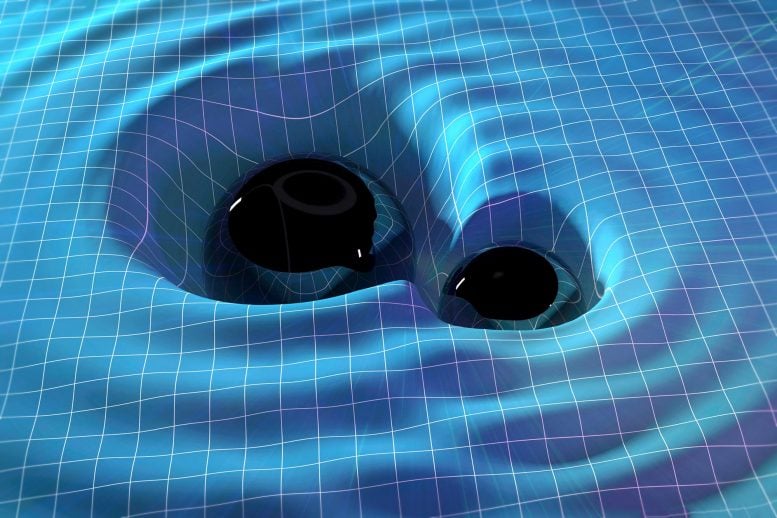
Gravitational wave echoes may confirm Stephen Hawking’s hypothesis of quantum black holes.
Echoes in gravitational wave signals suggest that a black hole’s event horizon may be more complicated than scientists presently believe.
The first tentative detection of these echoes, created by a microscopic quantum “fuzz” that surrounds newly formed black holes, has been reported by researchers at the University of Waterloo.
Gravitational waves are ripples in the fabric of space-time, caused by the collision of massive, compact objects in space, such as black holes or neutron stars.
“According to Einstein’s Theory of General Relativity, nothing can escape from the gravity of a black hole once it has passed a point of no return, known as the event horizon,” explained Niayesh Afshordi, a physics and astronomy professor at Waterloo. “This was scientists’ understanding for a long time until Stephen Hawking used quantum mechanics to predict that quantum particles will slowly leak out of black holes, which we now call Hawking radiation.
“Scientists have been unable to experimentally determine if any matter is escaping black holes until the very recent detection of gravitational waves,” said Afshordi. “If the quantum fuzz responsible for Hawking radiation does exist around black holes, gravitational waves could bounce off of it, which would create smaller gravitational wave signals following the main gravitational collision event, similar to repeating echoes.”
Afshordi and his coauthor Jahed Abedi from Max-Planck-Institut für Gravitationsphysik in Germany, have reported the first tentative findings of these repeating echoes, providing experimental evidence that black holes may be radically different from what Einstein’s theory of relativity predicts, and lack event horizons.
They used gravitational wave data from the first observation of a neutron star collision, recorded by the LIGO/Virgo gravitational wave detectors.
The echoes observed by Afshordi and Abedi match the simulated echoes predicted by models of black holes that account for the effects of quantum mechanics and Hawking radiation.
“Our results are still tentative because there is a very small chance that what we see is due to random noise in the detectors, but this chance becomes less likely as we find more examples,” said Afshordi. “Now that scientists know what we’re looking for, we can look for more examples, and have a much more robust confirmation of these signals. Such a confirmation would be the first direct probe of the quantum structure of space-time.”
The study Echoes from the Abyss: A highly spinning black hole remnant for the binary neutron star merger GW170817 was published in the Journal of Cosmology and Astroparticle Physics in November, and was awarded the first place Buchalter Cosmology Prize in January 2020.
Reference: “Echoes from the abyss: a highly spinning black hole remnant for the binary neutron star merger GW170817” by Jahed Abedi and Niayesh Afshordi, 13 November 2019, Journal of Cosmology and Astroparticle Physics.
DOI: 10.1088/1475-7516/2019/11/010





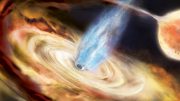
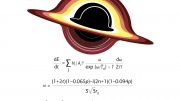
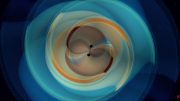
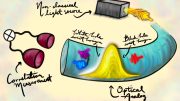
Is it possible that particles can ‘surf’ gravitational wave or ‘tack’ into a gtavitational wave front as surfers and saiboats do to actually exceed the speed of light as they do an ocean wave or the wind? Just asking for a friend. Thanks, Jim in flat space-time Western Kansas
The gravitational waves would simply go through any “surfer” distorting the surfer’s internal dimensions. If too close to the event the surfer would be torn apart since his tissues won’t knit back together again.
The particles of Hawking radiation arise from outside the event horizon, and are not evidence that would “replace event horizons by exotic Planck-scale structure”. The paragraph beginning Our results are still tentative is incorrect in tone as there is no reason to think that additional data will result in a more robust confirmation of the signals; it is common in particle physics for a “bump” to almost reach “significance” and disappear with additional data, and this can happen here. Also, the ringdown of a pair of just merged black holes is very complex, and may include signals similar to those expected by the authors to be “echoes”. Certainly more data is needed, as are competing interpretations before a conclusion can be reached.